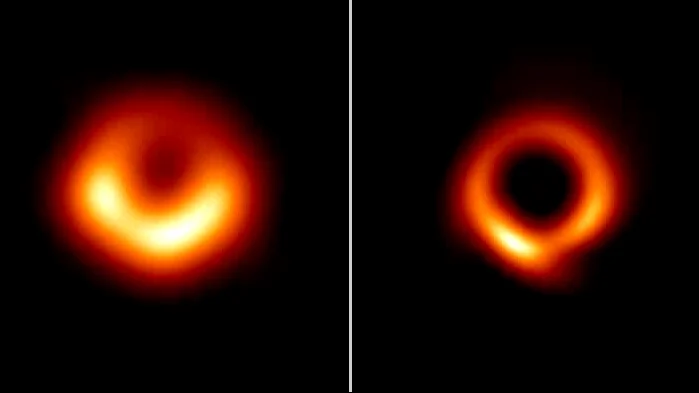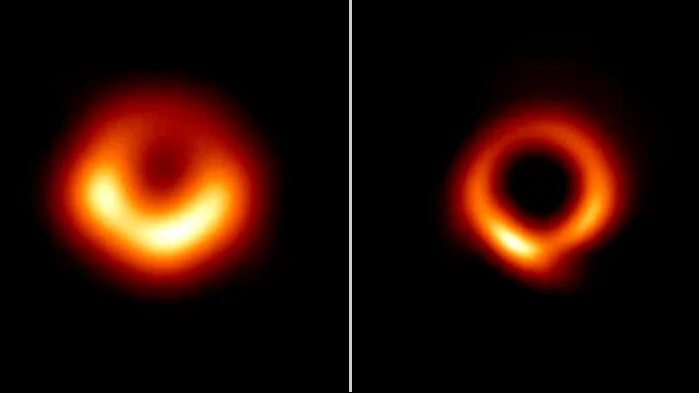
Black holes fascinate us. These space giants, extreme gravity wells, are massive and particularly difficult to observe. However, a new study confirms that their gravitational pull is so strong that they are actually capable of distorting the structure of space and time.
A supermassive black hole in the center of our galaxy…
Physics lesson: Space-time is a mathematical representation of space and time as two inseparable and mutually affecting concepts. This is an intellectual opinion, because we can consider them two sides of the same coin. It is a four-dimensional representation that allows three-dimensional time and space to be visualized on the same plane, and on which objects have an effect proportional to their mass.
- However, it is difficult to imagine it being more massive than a black hole. It is a celestial body so compact that the intensity of its gravitational field prevents any form of matter or radiation from escaping.
- And even light, hence its name. It is a very gravitational well as it is completely dark, making it very difficult to observe.
News : A team of physicists focused on NASA’s Chandra X-ray Observatory on Sagittarius A* (* for “star”), the supermassive black hole with a mass of about 4.152 million solar masses located at the center of our galaxy.
…which rotates and disrupts space-time
- Thus, researchers confirmed that the black hole revolves around itself, by examining radio waves and X-ray emissions that can be found in the materials and gases that revolve around the celestial body.
- However, this rotation is accompanied by a Lens thuring effect : According to this principle, related to Albert Einstein’s theory of general relativity, around an object massive enough to distort space-time, the orbit of a satellite around such a massive body does not follow exactly the same path every revolution, but moves slightly. A realistic theory confirmed by observation.
“We are accustomed to thinking and living in a world in which all spatial dimensions are equal – the distance to the ceiling, the distance to the wall, the distance to the floor… they are all linear, that is. It is not as if one were completely symmetrical and crushed compared to others. But if “You have a rapidly rotating black hole. The spacetime around it is not symmetrical. The rotating black hole takes all the spacetime with it… It crushes the spacetime, and it looks a bit like a football.”
Ruth Daly, professor of physics at Pennsylvania State University, quoted in CNN.
Another point of Einstein’s theory of relativity
What changes? For us, nothing. We didn’t plan to go and see what’s happening around the black hole up close. This isn’t a concern for our planet either, as Sagittarius A* is located 26,000 light-years from our planet.
- But it is a discovery that confirms the validity of the theoretical models envisioned by Einstein. “It’s a great tool for understanding the role that black holes play in the formation and evolution of galaxies,” Ruth Daly adds.
- This is of course only the beginning: confirming the rotation of black holes and estimating their speed using X-rays provides us with a whole field of study. From there to imagining the strangest physical anomalies of space-time, such as wormholes, there is only one step. Between science fiction and science.

“Music guru. Incurable web practitioner. Thinker. Lifelong zombie junkie. Tv buff. Typical organizer. Evil beer scholar.”







More Stories
A large manufacturing project awaits space in the industrial zone
According to science, here are officially the two most beautiful first names in the world
Green space, 100% pedestrianized: DIX30 reinvents itself